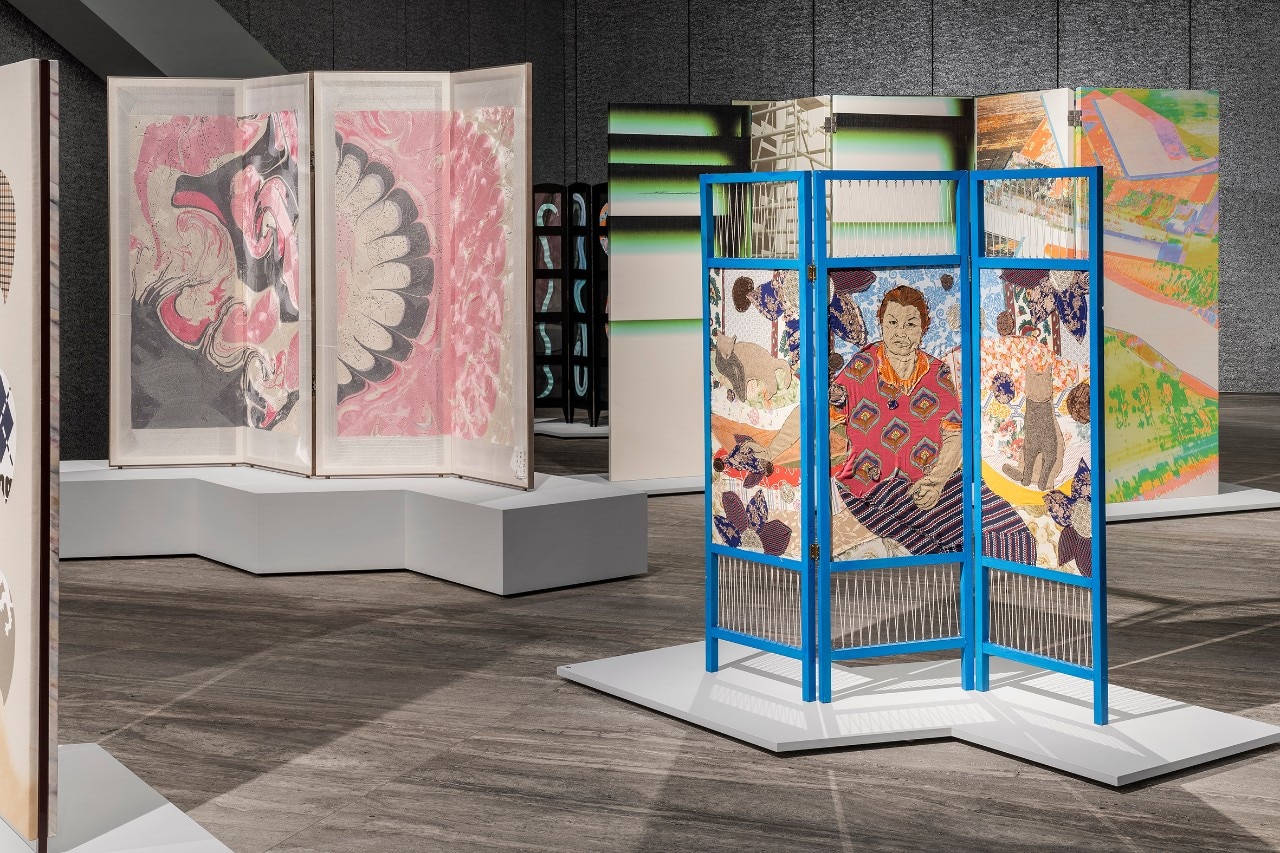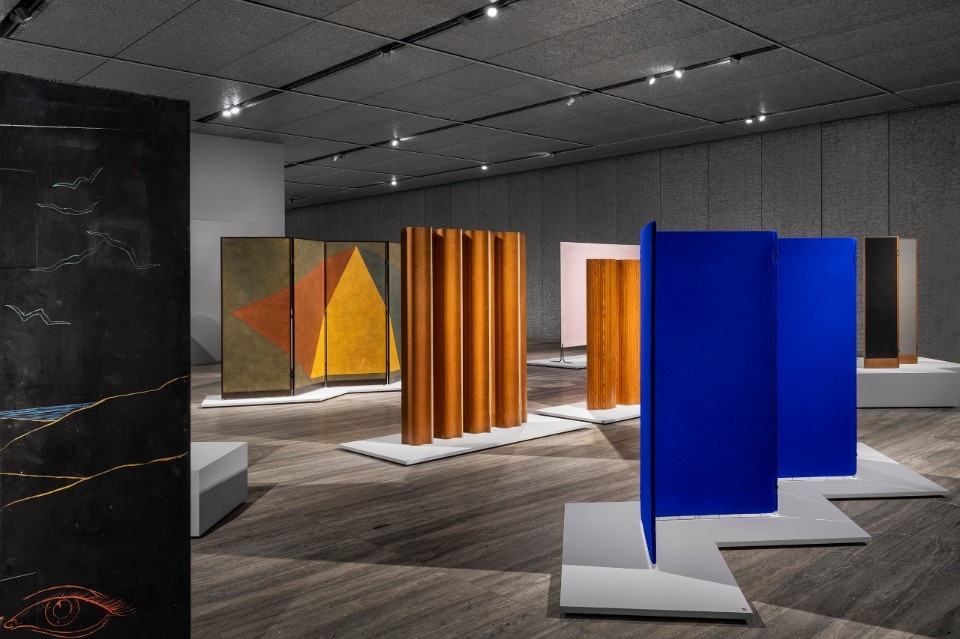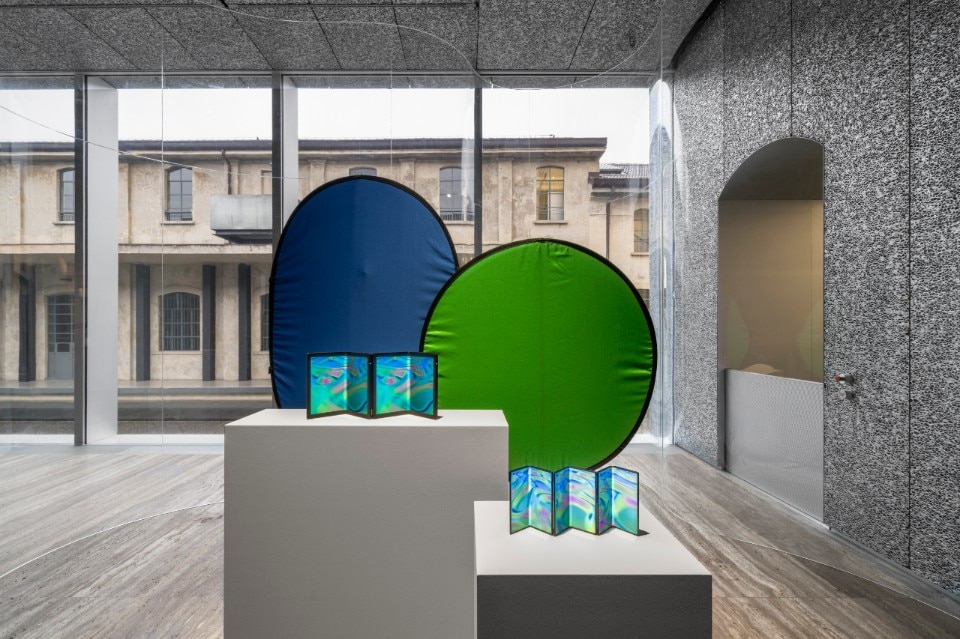To explain the concept of Fondazione Prada’s new show, “Folding Screens: Folding Screens From 17th to 21st Centuries,” a linguistic element could be used: the Italian word “paravento” describes the original function of the object to which it refers (protection from the wind); the English equivalent “folding screen,” on the other hand, visually delineates it and suggests, through the different meanings of the word “screen”, the complexity of a liminal object by its very nature.
The exhibition text by Nicholas Cullinan, director of the National Portrait Gallery in London, opens with a series of questions aimed at trying to define the identity of the screen as an object: “Painting or sculpture? Art or furniture? Utilitarian or ornamental? Decorative, functional, architectural or theatrical?”
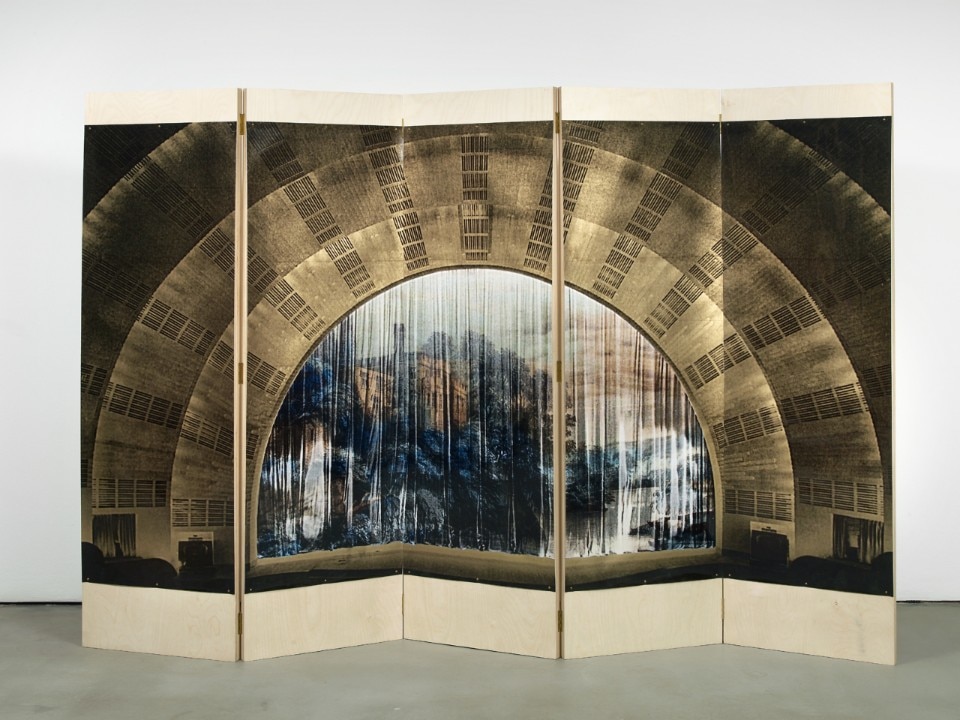
There is no single answer to this question, “Either/or, neither/nor” we read: panels traditionally used to shelter from the wind, reveal their nature as supports and surfaces, to convey new meanings each time. The exhibition explores the transformation process of this object from its origins to the present day, from tales of cultural cross-pollination on the East-West trajectory, to the contamination and fusion of different art forms and functions, to the paradox of what is hidden and what is shown, transcending all distinctions and hierarchies between art, architecture, design, and interior decoration.
The project conceived by Cullinan occupies the two floors of the Podium, Fondazione Prada’s main building, and is complemented by two other exhibitions at Prada Rong Zhai in Shanghai and Prada Aoyama in Tokyo. There are seventy works on display, some ancient and others made by contemporary artists on commission, in a continuous dialogue of thematic and iconographic cross-references.
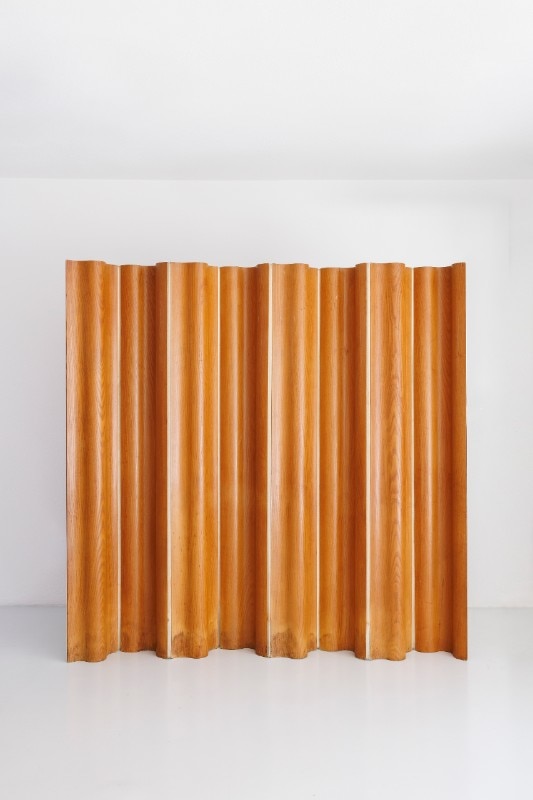
The installation on the ground floor of the Podium designed by SANAA (founded by Kazuyo Sejima and Ryue Nishizawa), creates a kind of open labyrinth in which the curatorial discourse flows continuously through four centuries and following seven thematic areas: sinuous undulating walls of transparent Plexiglas and opaque curtains divide the bright space surrounded by large windows.
At the beginning of the exhibition there are two works that make explicit the starting point and the end point of the process of transformation of the screen as object: the work of Chinese artist Cao Fei, titled Screen Autobiography (Milan) (2023), which, with animated backgrounds scrolling on foldable electronic devices and portable chroma key panels, presents a hyper-contemporary version of the folding screen as screen. Next to it, an 18th-century work depicts a “Black Ship,” as the European vessels that landed in Japan to establish new trade routes were called. Here Japanese style and Western historical narratives merge, underscoring the level of complexity this object carries from its origins.
On the upper floor of the Podium, the exhibition continues with a historical excursus, in which the screens are placed in chronological order on shaped pedestals, in an installation conceived as a tribute to Lina Bo Bardi’s innovative designs for the MASP in São Paulo, and to SANAA’s work for the Louvre-Lens Museum.
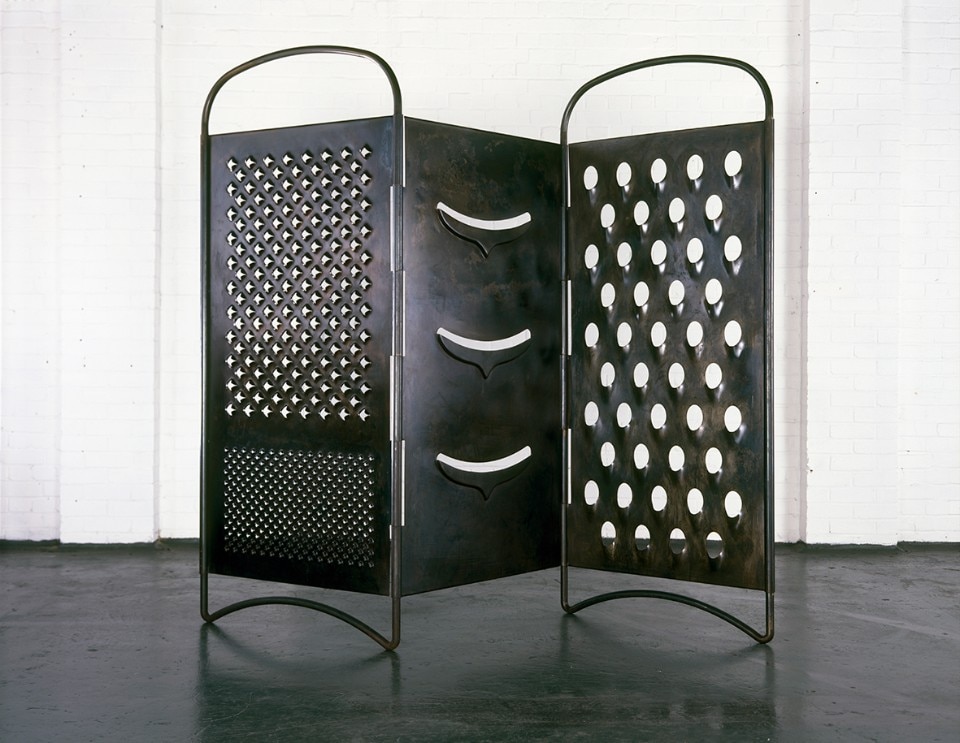
This sequence, anticipated by Jean Prouvé’s soundproof panel, begins with traditional Chinese and Japanese screens, and proceeds through centuries and decades at a relentless pace. Picasso’s painting, the architectural line of Eileen Gray’s screens, Le Corbusier, Charles and Ray Eames, and Alvar Aalto, but also Klein blue, Man Ray’s refined lines, Accardi’s transparency, Marlene Dumas’s gestural expressiveness, Sol Lewitt’s backgrounds, Cy Twombly’s peonies, William Kentridge’s screen as a metaphor between inside and outside, Beyte Saar’s watercolor.
What might seem to be oppositional elements become conjunctions in the folding screen, and the Fondazione Prada exhibition allows us to walk on the boundary between different disciplines and investigate with curiosity the endless images hidden and shown by this ambiguous object.
- Exhibition:
- Paraventi: Folding Screens From 17th to 21st Centuries
- Location:
- Fondazione Prada, Largo Isarco 2, Milan
- Dates:
- from October 26, 2023 to February 22, 2024
- Curated by:
- Nicholas Cullinan


